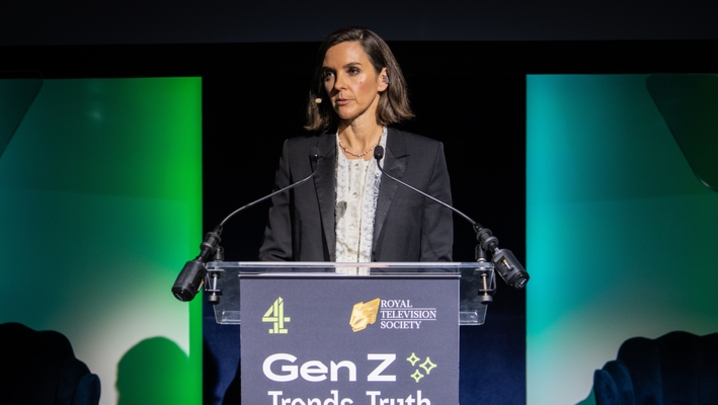Matthew Bell salutes a breakthrough drama written for Channel 4 by a largely unknown Russell T Davies.
Predictably, Fleet Street was outraged. Queer as Folk, foamed the Daily Mail, “proves that we need censorship… we shouldn’t be at liberty to watch naked actors having relentless homosexual sex”.
Some commentators in the gay press were also critical, arguing that the series should have been less celebratory and angrier about the tragedy of Aids. But, if you are being attacked from both sides, perhaps you are doing something right. Most television viewers and critics certainly thought so as they marvelled at Russell T Davies’s breakthrough drama series.
Queer as Folk opens with its three main characters – late-twenties best friends Stuart (Aidan Gillen) and Vince (Craig Kelly), and 15-year-old Nathan (Charlie Hunnam) – on a night out in Manchester’s vibrant gay village, Canal Street.
Cocksure, reckless advertising exec Stuart lives life to the full and is used to getting what he wants. In the opening episode, when the awe-struck Nathan meets Stuart, he describes him as “looking down at me like the face of God”. Vince is more down to earth and diffident, as well as obsessed by TV and popular culture.
Davies has described his principal characters as “three versions of the same man. All of us have been those people at one time or another.” Yet, when we see Vince alone, late at night, watching an old VHS tape of Tom Baker-era Doctor Who, one cannot help wondering whether he is the closest approximation of the show’s creator.
Channel 4 and executive producer Nicola Shindler (Queer as Folk was the first project of her new indie, Red Production Company) were taking a huge risk on Davies, who until then had mainly worked in children’s television, and on the drama’s subject matter.
In 1999, when the series came out, the repressive Section 28 legislation that banned the promotion or mention of homosexuality by local authorities was in force. Overall, Britain was not as liberal then: attitude surveys showed that half the country thought gay relationships were always or mostly wrong.
For Channel 4 to invest a reported £3m in the eight-part series was a brave decision, but one that was entirely vindicated. A second and final two-part series was broadcast the following year.
Almost 25 years later, Queer as Folk still feels remarkably fresh. The series is euphoric, outrageous and life-affirming, but also, at times, melancholic and heart-rending. More than anything, it’s chock-full of humanity and, therefore, trademark Davies.
Gay relationships in TV drama are now common enough that they don’t generate news; if anything, a show is more likely to be remarked on for being too straight.
There is, though, one scene in Queer as Folk that jars, and which almost certainly wouldn’t make the cut today: the sex between Stuart and under-age Nathan is portrayed as a joyful, coming-of-age event, but would nowadays be regarded as sexual abuse.
Once the bogeyman of the Mail, Davies has become a national treasure, the man who brought back Doctor Who, bigger and better than before, and is now coming to its rescue again. The BBC sci-fi classic, in its 60th year, returns in November with Davies back on board as showrunner. After Queer as Folk, Davies went on to pen award-winning dramas such as Bob & Rose, The Second Coming and A Very English Scandal.
And, finally, he wrote his Aids drama, the astonishing It’s a Sin. Like Queer as Folk, it was celebratory but, this time, Davies didn’t flinch from showing the prejudice of the time and the horrors of the hospital wards.
Queer as Folk is available on All 4.







